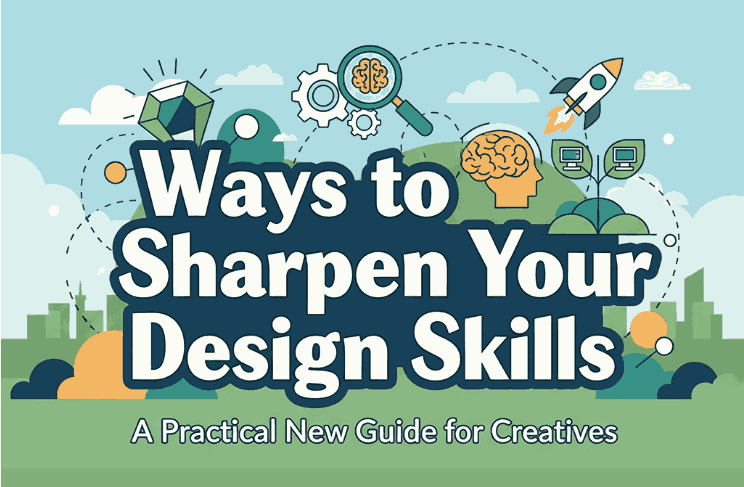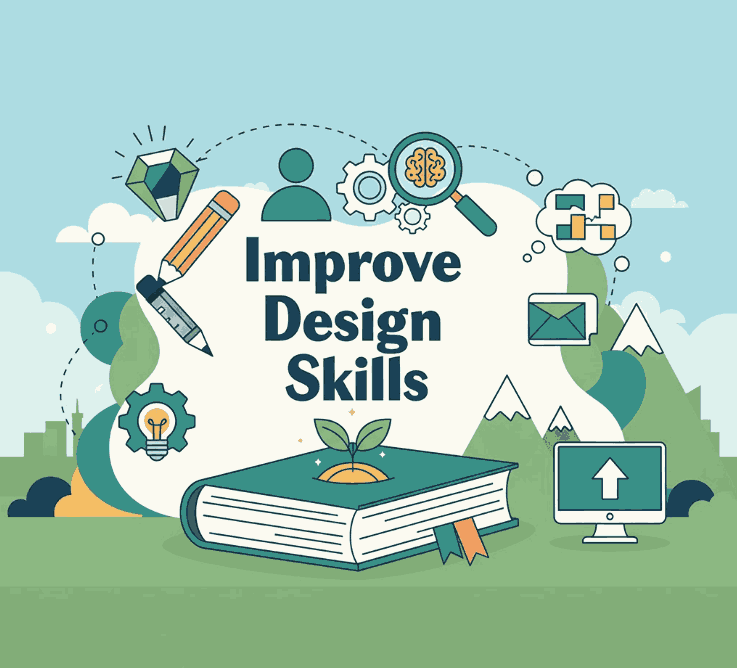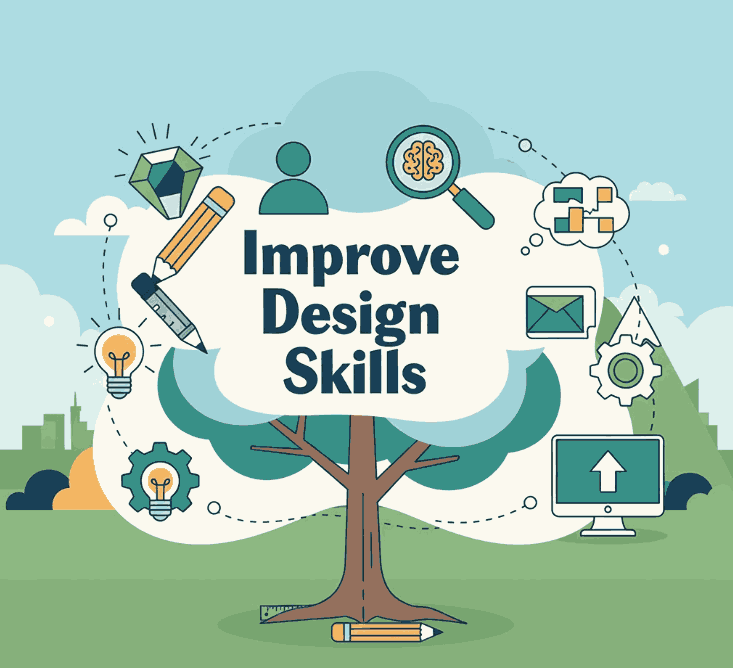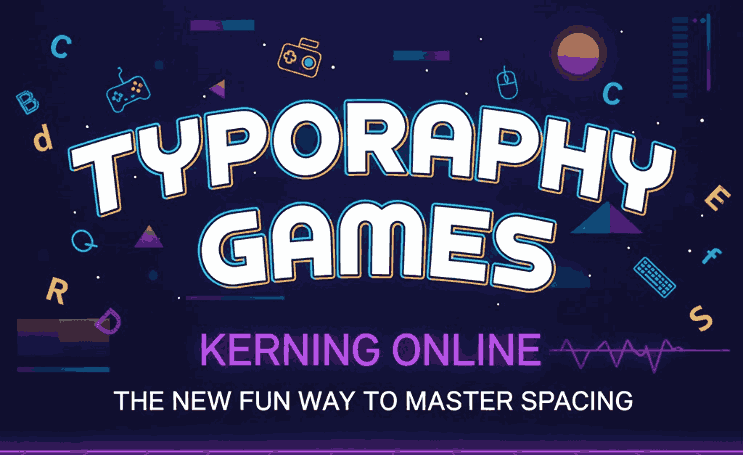
Table of Contents
- Introduction
- What Are Typography Games?
- Why Kerning Matters in Modern Design
- How Online Kerning Games Improve Your Skills
- Best Typography Games to Train Kerning
- Practical Ways to Apply Kerning Skills in Real Projects
- Recommended Fonts for Kerning Practice
- Final Thoughts
- References
1. Introduction Typography Games Kerning Online
Typography Games Kerning Online is more than choosing stylish fonts — it is about ensuring letterforms communicate clearly and beautifully. One of the most important yet often overlooked components of typography is kerning, the adjustment of spacing between individual letter pairs.
As design becomes more digital and competitive, understanding kerning becomes essential for graphic designers, typographers, brand creators, and UI/UX designers. Fortunately, learning kerning doesn’t have to feel like studying math — today, there are fun typography kerning games online that help sharpen your design instincts effortlessly.
This article explores these online games, why kerning is crucial, and how you can improve your spacing skills using interactive tools. We also include mockup font recommendations from CalligraphyFonts.net to inspire your projects.
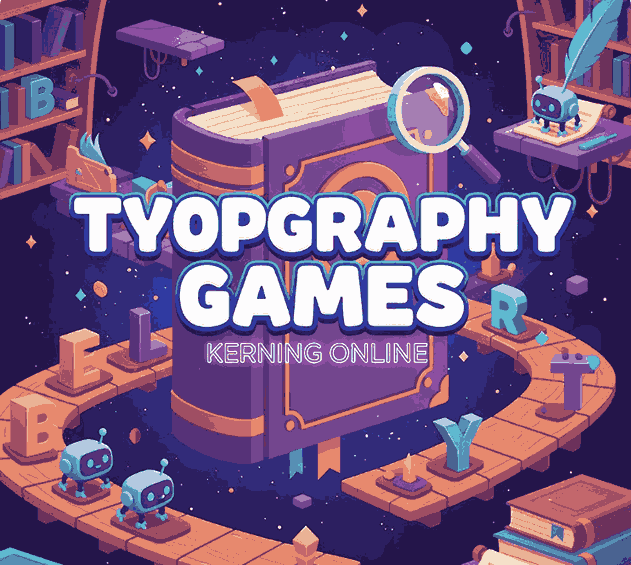
2. What Are Typography Games Kerning Online?
Typography games are interactive digital games designed to teach visual design skills such as:
- Kerning (adjusting letter spacing)
- Tracking
- Font pairing
- Color matching
- Grid alignment
- Bézier curve manipulation
These games transform complex design principles into fun challenges that help train your visual sensitivity. They are especially helpful for:
- Beginner designers
- Students
- Professional graphic designers wanting regular practice
- Web/UI designers
- Typography enthusiasts
The goal is simple: learn typography by playing, not memorizing.
3. Why Typography Games Kerning Online Matters in Modern Design
Kerning directly impacts how a brand or message is perceived. Poor kerning results in:
- Awkward spacing
- Misread words
- Unprofessional visuals
- Distracting text
- Weak brand identity
Strong kerning, however, enhances:
- Readability
- Balance
- Aesthetics
- Brand signature look
- Viewer trust
From logos to packaging to website headers, kerning determines whether text feels well-crafted or sloppy. This is why kerning games are extremely valuable — they train your eyes to spot spacing issues instantly.
4. How Typography Games Kerning Online Improve Your Skills
Kerning games offer instant skill development because they simulate real-world design challenges.
Benefits of Kerning Games
✔ Improve visual balance
✔ Sharpen spacing sensitivity
✔ Learn faster than reading theory
✔ Provide real-time corrections
✔ Strengthen typographic decision-making
✔ Help develop professional instinct
They also offer scoring systems so you can improve every time you play.
5. Best Typography Games Kerning Online to Train Kerning
Below are some of the top kerning games widely used in design education:
✔ KernType – The Kerning Game
A classic and highly popular kerning game where players adjust spacing between letters to match a typographer’s solution.
✔ ShapeType
Focuses on shaping letters using Bézier curves.
✔ Type War
A simple yet addictive game that sharpens your ability to identify fonts.
✔ Type Connection
A game about pairing fonts that work well together — great for designers doing branding work.
✔ Method of Action Bézier Game
Teaches how to manipulate curves precisely — essential for type designers.
These games make training enjoyable and give valuable muscle memory that improves your design workflow.
6. Practical Ways to Apply Typography Games Kerning Online Skills in Real Projects
Good kerning is essential across nearly all design categories:
Logo Design
Logo text must be perfectly spaced since it represents a brand permanently.
Brand Identity Design
Typography choices such as uppercase headings or handwritten scripts need balanced spacing to maintain consistency.
Web & UI Design
Proper kerning makes interfaces feel clean and professional.
Poster & Print Design
Large typography demands precise spacing to avoid visual imbalance.
Font Design / Custom Lettering
Kerning knowledge helps you understand how letters should interact harmoniously.
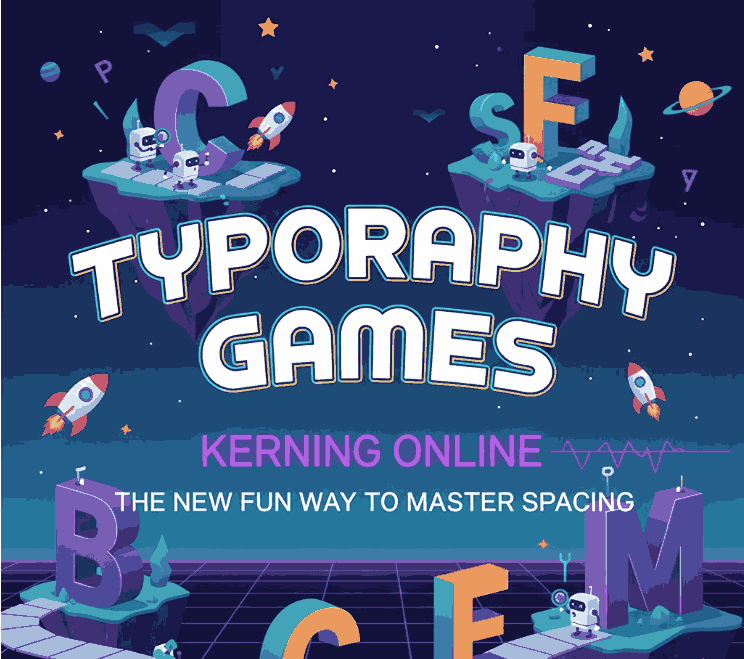
7. Recommended Fonts for Typography Games Kerning Online Practice (from CalligraphyFonts.net)
To enhance your typographic projects or create mockups, here are selected fonts from your website that are excellent for kerning exercises due to their clean shapes and consistent structure:
1. Overcame Font – Sans Serif
Perfect for learning kerning because of its bold, modern, and geometric letterforms.
2. Fieldstone Font – Modern Display
Ideal for stylish titles and kerning exploration, especially for uppercase spacing.
3. Faint Green Font – Clean Sans Serif
A minimalistic typeface that makes kerning practice easier and more precise.
4. Healing Time Font – Elegant Sans Serif
Suitable for practicing both subtle and wide kerning adjustments.
Using these fonts in mockups allows readers to visualize kerning improvements in real-world applications.
8. Final Thoughts Typography Games Kerning Online
Typography games are one of the most effective and enjoyable ways to sharpen your design intuition. Kerning might seem like a small detail, but it has a massive impact on branding, readability, and visual harmony.
By incorporating online typography games into your training routine — and practicing with well-designed fonts like Overcame, Fieldstone, Faint Green, and Healing Time — you can grow your design skills significantly faster.
Design is a journey, and kerning is a simple yet powerful step toward mastering it.
9. References
- Avark — Type Terms
- Din Studio — Games to Train Your Designing Skills
- Font Pairings — Check typefaces and font pairings with this interactive tool
- Method of Action — Method of Action creates tools, toys and games to help you learn design, for free.

